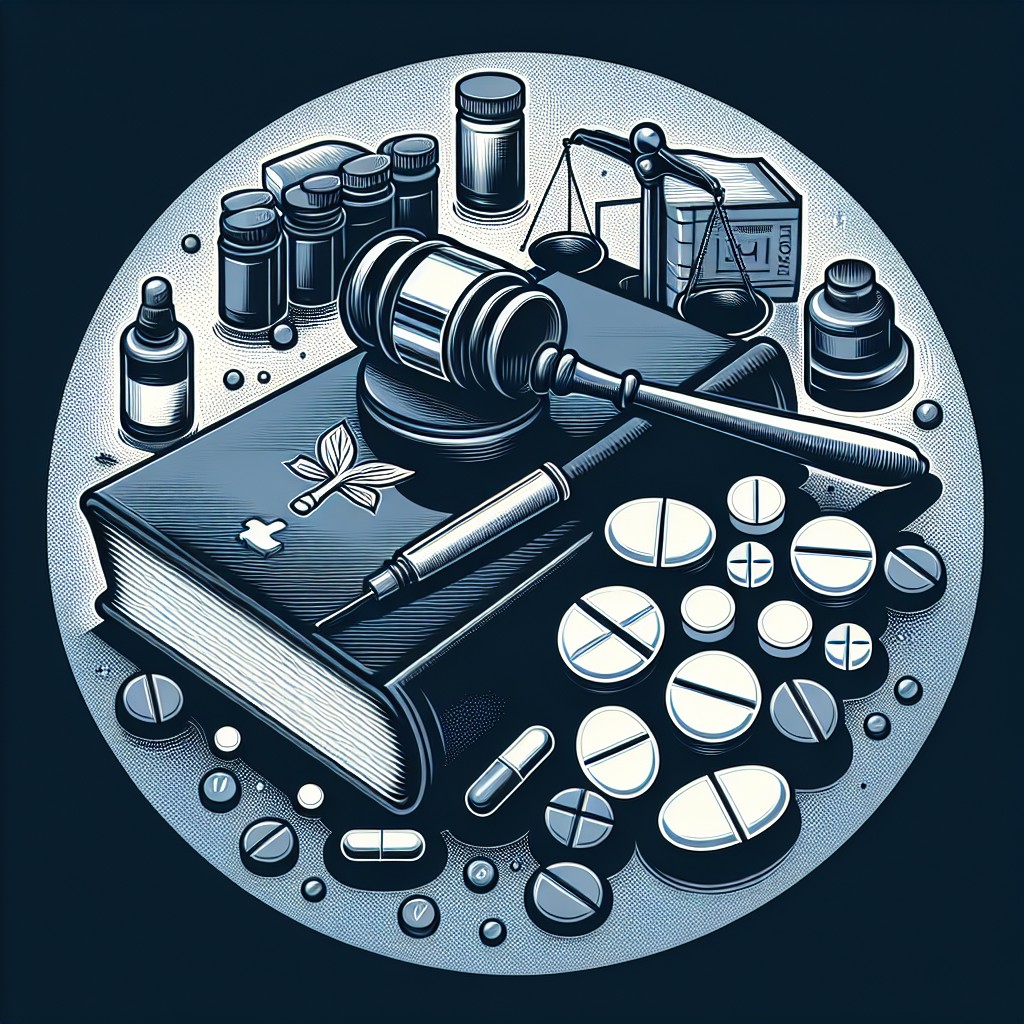The opioid crisis in the United States has reached alarming levels, leading to a surge in litigation against pharmaceutical companies and other entities involved in the production and distribution of opioids. This article provides a comprehensive overview of the opioid crisis litigation, its background, key legal issues, and the current state of litigation.
Background:
The opioid crisis refers to the widespread misuse and addiction to opioid drugs, including prescription painkillers, heroin, and synthetic opioids such as fentanyl. It has become a public health emergency, causing thousands of deaths each year and devastating countless families and communities.
Key Legal Issues:
1. Product Liability Claims: A significant aspect of opioid crisis litigation involves product liability claims against pharmaceutical companies. Plaintiffs argue that these companies knew or should have known about the addictive nature of opioids and failed to adequately warn doctors and patients about the risks. They allege that the pharmaceutical companies engaged in deceptive marketing practices to promote the use of opioids for chronic pain, leading to widespread addiction and harm.
2. Distribution Chain Liability: Litigation also targets various entities involved in the distribution chain of opioids, such as wholesalers, pharmacies, and doctors. Plaintiffs argue that these entities failed to properly monitor and control the distribution of opioids, allowing them to be diverted for illicit purposes and contributing to the opioid crisis.
3. Governmental Action: State and local governments have filed lawsuits against pharmaceutical companies seeking to hold them accountable for the economic costs associated with the opioid crisis. These lawsuits aim to recover the funds spent on healthcare services, addiction treatment, law enforcement, and other expenses related to the crisis. Governments argue that pharmaceutical companies misled the public and healthcare providers about the risks of opioids, leading to substantial financial burdens on the government.
Current State of Litigation:
The opioid crisis litigation has gained significant momentum in recent years. Thousands of lawsuits have been filed across the country, including multidistrict litigation (MDL) cases consolidating similar lawsuits for pretrial proceedings. Several high-profile cases have resulted in substantial settlements, with some pharmaceutical companies agreeing to pay billions of dollars to resolve claims. However, litigation is complex and ongoing, with many cases still pending and trials scheduled in the coming years.
The outcome of opioid crisis litigation remains uncertain. It will likely continue to evolve as new legal theories emerge and more evidence is uncovered. The litigation seeks not only financial compensation for individuals and communities affected by the crisis but also aims to hold accountable those responsible for contributing to the opioid epidemic.
Conclusion:
The opioid crisis litigation represents a significant legal battle against pharmaceutical companies and other entities involved in the production and distribution of opioids. It seeks to address the devastating consequences of the opioid crisis and hold responsible parties accountable. As the litigation progresses, it will shape the legal landscape surrounding opioid addiction, product liability, and government action in response to public health emergencies.

Published on January 10, 2024
Opioid Crisis Litigation: A Comprehensive Overview
Exploring the Legal Landscape Surrounding the Nationwide Opioid Epidemic
Share This Article
More Articles You Might Like
Discover More Content
Explore our collection of articles across various topics and categories. From cutting-edge technology insights to wellness wisdom, we curate the best stories to expand your horizons.
Article ID: 330